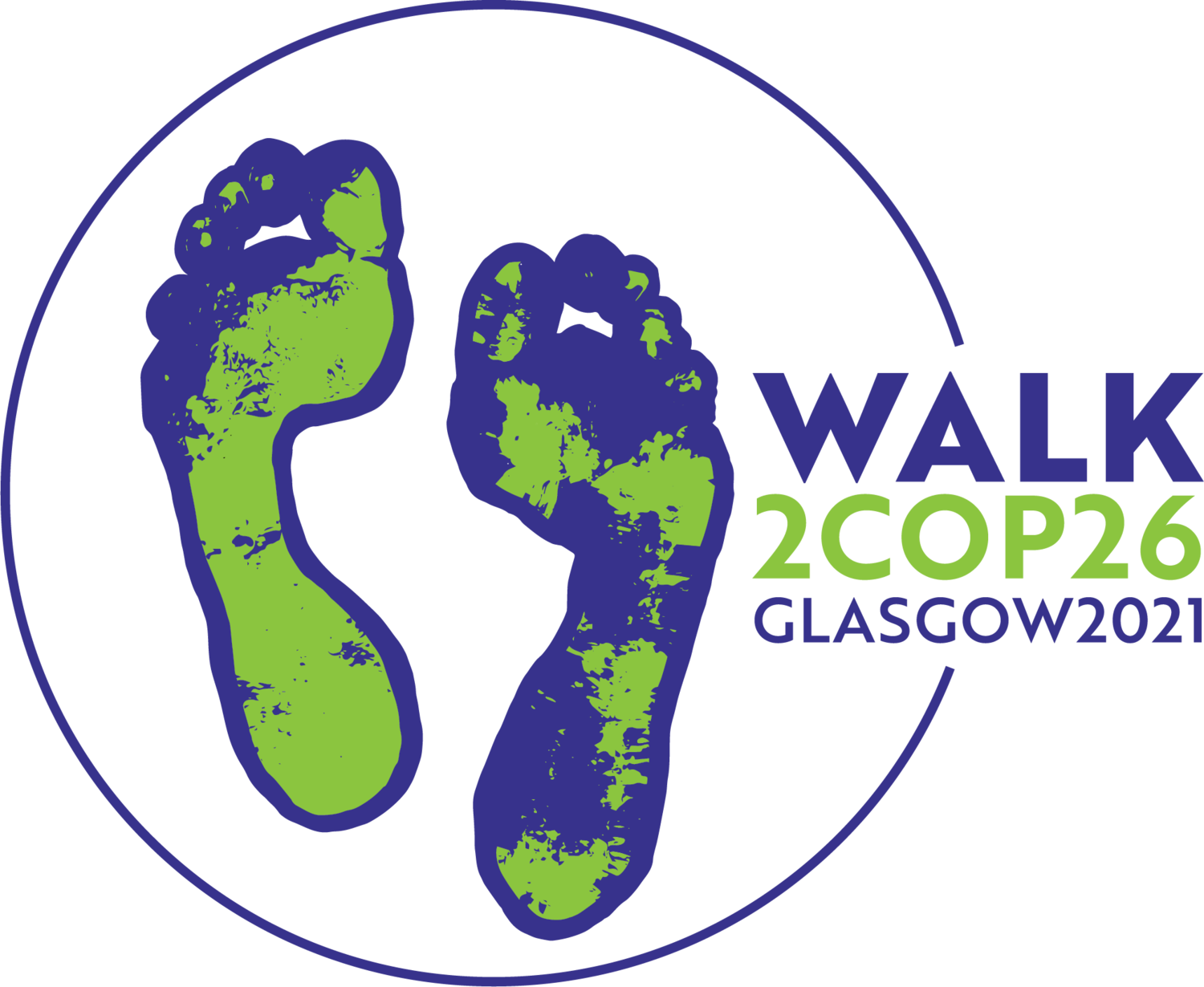A Civic Revolution
We are in the early stages of a revolution that has yet to be named. Prompted, provoked and pushed by a global pandemic, an unbalanced global economy and the ecological and climate crises, it’s obvious that we are on the verge of a major transformation.
When my book “Civic Revolution” was published two years ago, the focus of my narrative was on the collective power and impact of people taking action to address climate change locally. Systemic change requires transformation at all levels: nationally, in our cities and in our communities, and individually. What I felt was missing was a citizen’s guide for us to turn the place where we live into the seat of the solution.
Most of us are not activists, but all of us are citizens. Too many of us forget our role as citizens – and yet active citizenship is nothing more (or less) than being involved in the decisions about what happens locally and in helping to make those changes together for the better. What was clear at the time of writing was the surge of civic action on climate change, led by different groups of people determined to reshape the world around them to the best of their ability.
They understood the need to navigate the tension between our anger with a broken system and an appreciation of how it works. They crossed siloes and broke down barriers within and between different organisations to create a more joined-up response. They had a bias for action and a sense of urgency that the climate crisis demands.
The coronavirus did not kill the revolution. Instead, it made us much more aware of the fragility of our social and economic systems and of our own vulnerability, everywhere. At the same time, we realised how deeply interconnected we are, with the natural world and with each other. And from these shifts in how we thought about one another and our surroundings has emerged a stronger sense of solidarity and resolve to build back better.
Where national diktat prevailed over daily life, COVID-19 led to a retrenchment in a place-based, people-led approach to local decision making. However, devolution of power and funding, from national to civic governments, has been steadily increasing for some time. The underlying drivers of decentralisation have not gone away, even while national governments concentrated their power during the pandemic. Decentralisation remains widely recognised as a more effective way to tailor policies to local needs, create more dynamic opportunities and increase local participation and accountability. As the United Nations noted in its World City Report over five years ago, what is most astonishing is how so many nations around the world are moving along the same irreversible path.
When facing up to the much bigger climate crisis that’s on our doorstep, it has been local and municipal governments that have led in their ambition and willingness to act. Today, almost three-quarters of all local authority areas across the UK have formally declared a climate emergency and over half of them have set a goal of reaching net-zero carbon emissions locally by 2030 or sooner. That’s twenty years ahead of the national net-zero emissions target of 2050. And the signs are that those local areas that have been more ambitious in their targets are making more progress than those who believe we still have decades.
Companies and corporations are piling in, because they have too much to gain rather than too much to lose. Green capital markets are acting as a catalyst for this overall structural transformation, ensuring that it will happen more quickly and broadly than previously anticipated. Environmental, social and governance capabilities have all become a key consideration in business purchase decision-making. Companies are expected to reflect the values and aspirations of customers and employees who are acutely aware of the current sustainability issues. This is good news; we need these purpose-driven organisations with their access to capital, innovation cycles and operational capacity. To change everything, we need everyone.
Over the last couple of years, we have seen a lot more climate awareness, activism and action. The civic revolution has spread to different organisations. Different social and commercial models are taking hold, from community energy schemes to community-supported agriculture (CSA); community land trusts (CLTs) to electric car clubs and community buses; circular economy initiatives from local recycling enterprises to repair cafés. The scope for climate action is ever widening, as emissions reductions can also be a consequence of collective actions taken to address other issues such as food poverty, community resilience and neglected public spaces.
Walk2COP26 will engage people in this groundswell, in towns and cities from London to Glasgow, and shine a light on the civic actions that local government, businesses, and civil society can and are taking. As part of these conversations, Carbon Copy will help to amplify the carbon stories told – for others to copy and adapt. This growing revolution is about carbon zero living as much as carbon zero emissions; the prospect of a safer, cleaner and fairer future. And by its very nature, it has moved a lot closer to where you live and work.
By Ric Casale
Photo by Artur Kraft on Unsplash

